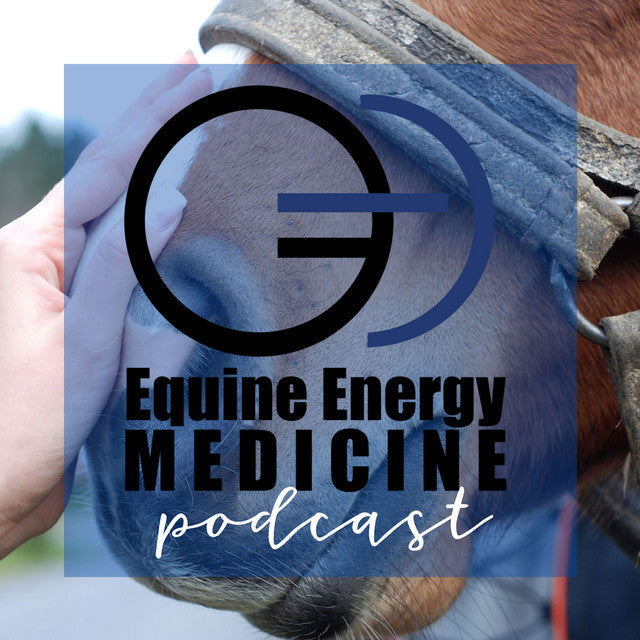While it’s every equestrian’s dream to own a sprawling farm with hundreds of rolling acres, it’s not always something that is easily achievable. If you’re working with a farm that has a small amount of acreage, never fear; here’s some tips for making the most of every square inch.

How To Avoid Overgrazing
One of the biggest issues you’ll face while managing a small horse farm is overgrazing.
Limited space makes it difficult to ensure that you’re properly rotating the land, and it’s quite easy to quickly end up with dying, patchy grass that just won’t grow in correctly.
It’s often recommended to provide one acre for each horse, but if possible, it’s best to provide 2 acres for every horse that you have on the property.
Rotational grazing can prove to be a life-saver for your small farm; strategically rotating your horses through small pastures rather than constantly using one paddock or pasture is a great way to ensure that there’s no chance of overgrazing.

Manure Management
Manure can pile up quickly on farms with small acreage. In order to make the most of the paddocks you use on your property, it’s important to ensure that they are being properly cared for and cleaned of manure daily.
Paddock Blade’s innovative paddock cleaning tool makes it easy to remove all signs of waste from your paddocks in just a fraction of the time it would normally take.
Simply hook the paddock blade to the back of your ATV, vehicle, or UTV and pull it behind you through the paddock.
The paddock blade will scoop up the waste and contain it. When you’re finished, simply dump the waste out.

Mud
Any equestrian that runs a small horse farm is familiar with the dreaded amounts of mud that accumulate on rainy days.
Mud isn’t just messy and inconvenient; it has the potential to be a breeding ground for harmful parasites and bacteria.
Make sure you’ve got gutters installed on the barn, and install drains wherever possible.
High traffic areas that tend to accumulate more mud should be covered either with gravel or traction pads in order to ensure that mud is unable to pose a threat.
Pasture rotation is another great way to manage mud on a small horse farm.

Temporary Paddock Fencing
One of the most useful developments in managing small acre farm land has been through temporary paddock fencing.
Making the most of your small acreage can best be done with temporary fencing options; this will allow you to dismantle and move paddocks as you need.
You’ll have the ability to set up, take down, and move outdoor riding spaces, as well.
There are fencing options for frequent movement around a paddock which involve little or no ground penetration, to more permanent fences which are best for infrequent moving.
When certain areas on the farm become muddy or if you happen to have a paddock that is overgrazed, you can easily move the paddock to another area to allow the old space to recover.
On small farms, every square foot counts. Following the tips you’ve learned here, you’ll be on your way to correctly managing and making use of your small-acreage horse farm.
To browse Paddock Blade’s inventory of industry-leading paddock cleaning tools, click here.
For more informative equestrian blogs, check out our blog page.
















